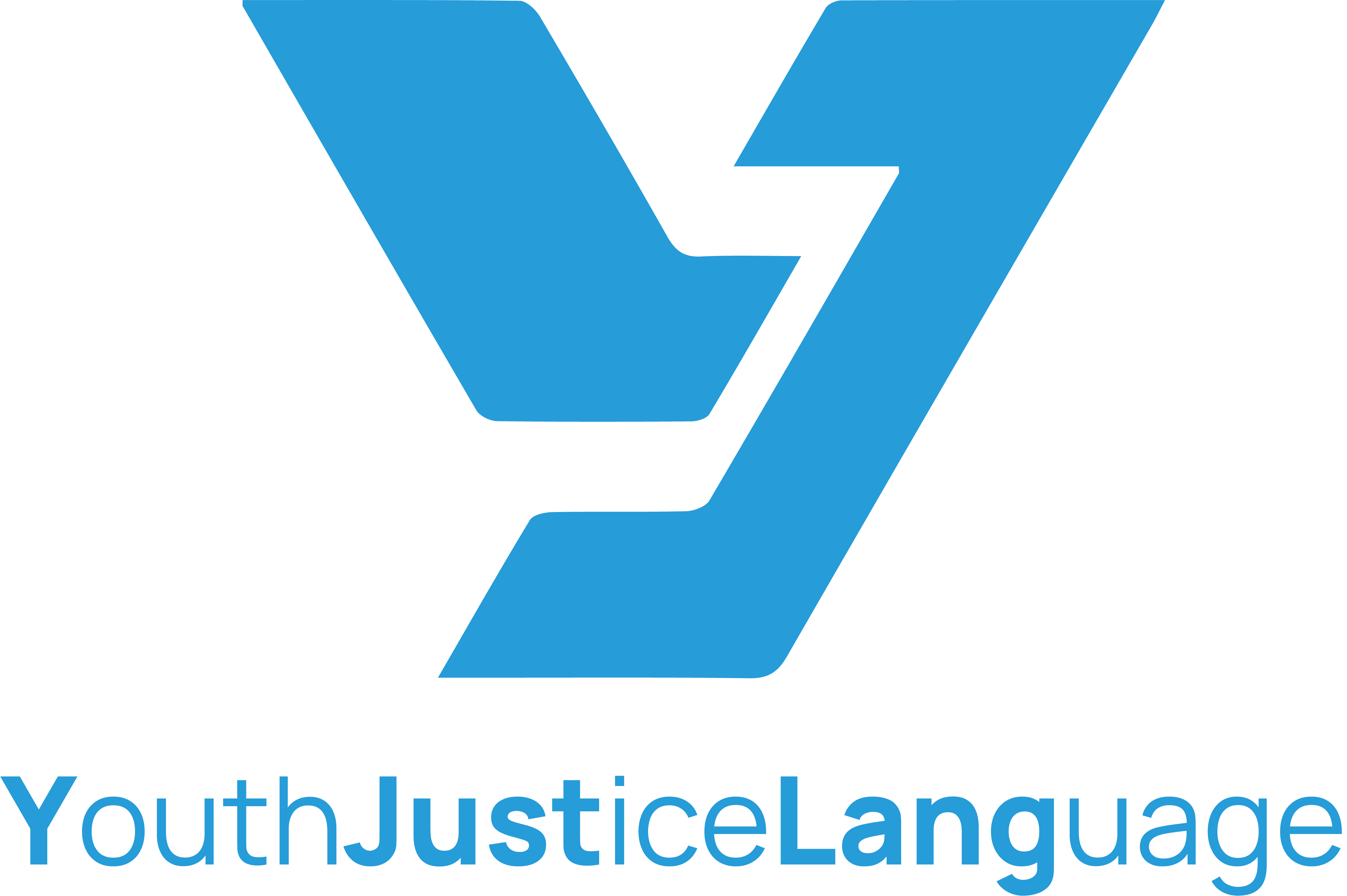1. Research Coordination Objectives
- Identify knowledge gaps: Coordinate efforts to map known and unknown linguistic phenomena in late language development that are critical for young people interacting with the police and justice systems.
- Develop a screening tool blueprint: Compile and compare existing assessment methodologies to create a blueprint for a screening tool that includes key linguistic elements necessary for navigating the language typically used in criminal justice procedures. This blueprint will be adapted to the languages and contexts of the participating countries.


- Review and recommend best practices: Analyse current guidelines and propose new recommendations for best practices in
- a) Identifying critical points within criminal justice systems where language assessment is effectively addressed, and
- b) Implementing language strategies for interrogations that can be adapted across different jurisdictions.
- Coordinate demographic data collection: Facilitate the collection of demographic data to conduct an epidemiological review of the youth justice system across countries. This will include information such as age, ethnicity, education level, language and family background, and documented comorbidities like learning disabilities or psychiatric disorders.
- Establish training programs: Set up training schools focused on:
- a) Early identification of language disorders for stakeholders in education and health, and
- b) Raising awareness of how language disorders affect interactions with the justice system, including the need for screening and guidelines on critical points where language assessments are essential for stakeholders involved in the criminal justice process.
- Disseminate research findings: Share research outcomes in multiple languages with the general public and key stakeholders, including individuals with lived experience. Utilize the websites of the Action’s stakeholder network, which works to protect the rights of children and adolescents in contact with the law, as well as the Action’s website, social media channels, and open science events to ensure widespread dissemination

